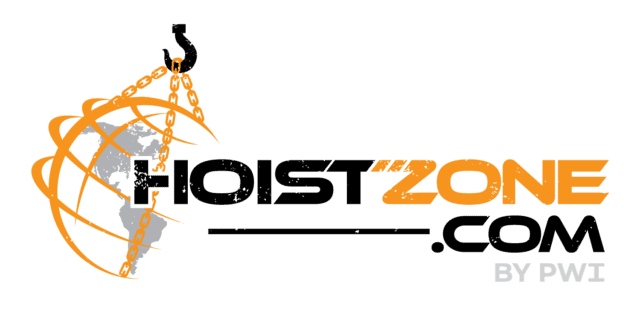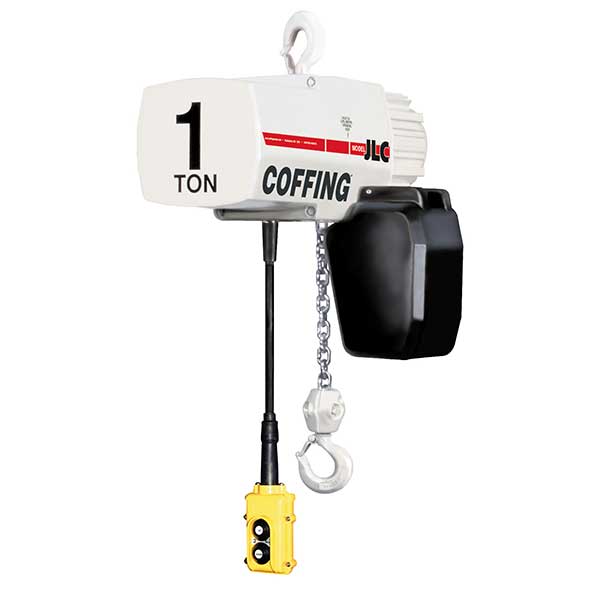- 1/8 to 2 Ton
- Max Lifting Speed 32 FPM
- 3 Phase 460V
- 10′, 15′, 20′ Lift
- Standard push-button drop is 4-feet less than lift.
- Built in compliance with ASME/ANSI B30.16.
- Lifetime Warranty
- Made in the USA
| Weight | N/A |
|---|---|
| Dimensions | N/A |
| Capacity | 250 lbs, 500 lbs, 1⁄2 Ton, 1 Ton, 2 Ton |
| Lift Speed | VS — 16 FPM, VS — 32 FPM, VS — 8 FPM |
| Brand | |
| Lift | 10', 15', 20' |
| Voltage | 460V/3 Phase |
| Hoist Suspension Type | Hook Suspension, Universal Trolley Lug – (Parallel Mount), Motorized Trolley Lug – (Parallel Mount) |
Product Assets
Frequently Asked Questions
What do I do if my hoist doesn’t work?
Hoist Zone offers support Monday — Friday 7:00 AM — 4:00 PM EST. Contact our service team by phone (574) 742-1185 or email us at info@hoistzone.com
How do I perform a hook inspection?
Examine hooks for the following:
- Missing or illegible hook manufacturer’s identification or secondary manufacturer’s identification
- Missing or illegible rated load identification
- Excessive pitting or corrosion
- Cracks, nicks, or gouges
- Wear—any wear exceeding 10% (or as recommended by the manufacturer) of the original section dimension of the hook or its load pin
- Deformation—any visible apparent bend or twist from the plane of the unbent hook
- Throat opening—any distortion causing an increase in throat opening of 5% not to exceed 1/4” (6mm), or as recommended by the manufacturer
- Inability to lock—any self-locking hook that does not lock
- Inoperative latch (if provided)—any damaged latch or malfunctioning latch that not close the hook’s throat
- Damaged, missing, or malfunctioning hook attachment and securing means
- Thread wear, damage, or corrosion
- Evidence of heat exposure or unauthorized welding
- Evidence of unauthorized alterations such as drilling, machining, grinding, or other modifications
If signs of any of those listed above are visually apparent, then use of said hook is mandated to be out of service until proper repair by qualified personnel has been performed.
How often should I perform a hook inspection?
In order to ensure your safety, the ASME requires hooks to be periodically inspected once a month. If a professional recommends even more often, then this supersedes the periodic monthly inspection.


Reviews
There are no reviews yet.